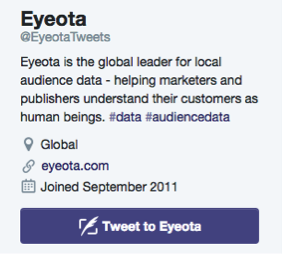Producing content is dead easy. Producing content that converts, not so much.
Due to the sheer volume of thought leadership, blogs, videos and infographics floating around the internet, your audience’s expectations of what constitutes ‘good’ content has changed. Active digital audiences want more engaging, relevant, smarter, and faster content than ever before.
By taking the time to cater to the needs of your target viewer, you’ll hold their attention – and their loyalty.
Here are a few key things to keep in mind before posting up a flurry of blog posts:
1. Relevance: Does your article contain your company’s key messages? There has to be a connection between the brand and what you’re publishing. Let’s say you’re creating a hilarious corporate cat video and it gets lots of clicks. That’s great, but what’s the point if the viewer isn’t your target audience?
2. Purpose: Does your article or video add value to your audience and your business? What are they getting out of it and learning from you? Before producing anything, ask yourself what the business objective is for both your viewer and yourself. Does it improve someone’s business, lifestyle or even state of mind?
3. Engaging: Does it sound like you or does it sound like a cyborg? With such a crowded atmosphere online, an authoritative or friendly human voice is essential. Content nowadays should read or sound like a conversation, not a document or presentation.
4. Calls To Action: Draw your readers in with engaging language and tone, and always – always – include a Call To Action (CTA). This could be in the form of a downloadable resource at the end of a blog, or an invite to answer a question in the comments. Without this, your efforts are being wasted. It’s no longer enough to publish information that is just useful – you need people to engage with you and take an action that will provide value.
5. Contextual: Cross-device marketing is making headlines for a reason. Audiences are using different devices, sometimes all at once. Tailor the content for the platform. For example, if you’re making long form video content make sure it’s on Youtube, and edit it down for Instagram and six-second Vines. Context is king!
6. Topical: Stay plugged in to what your audience is talking about by regularly checking the news and social media to monitor your audience’s most pressing issues. There are so many tools on the internet like Google Trends, Quora and Twitter. If something relates to your business, offer a position and get your audience talking about it.
The internet doesn’t need any more “Productivity tips from top CEOs”. We need to be making better, faster, smarter content for a better, faster, smarter audience.
So, how will you engage your readers? Let us help you. Contact us at [email protected].








